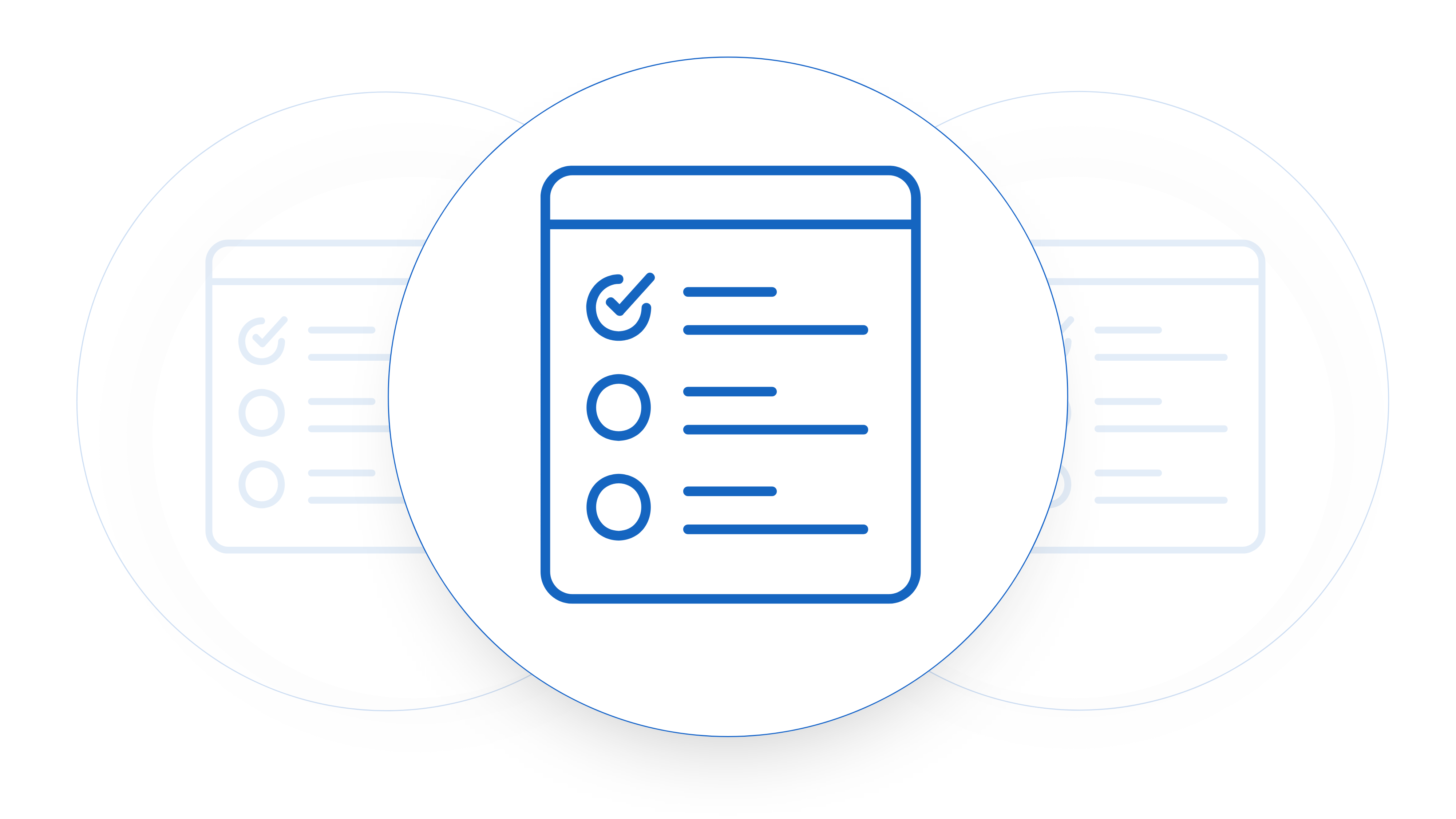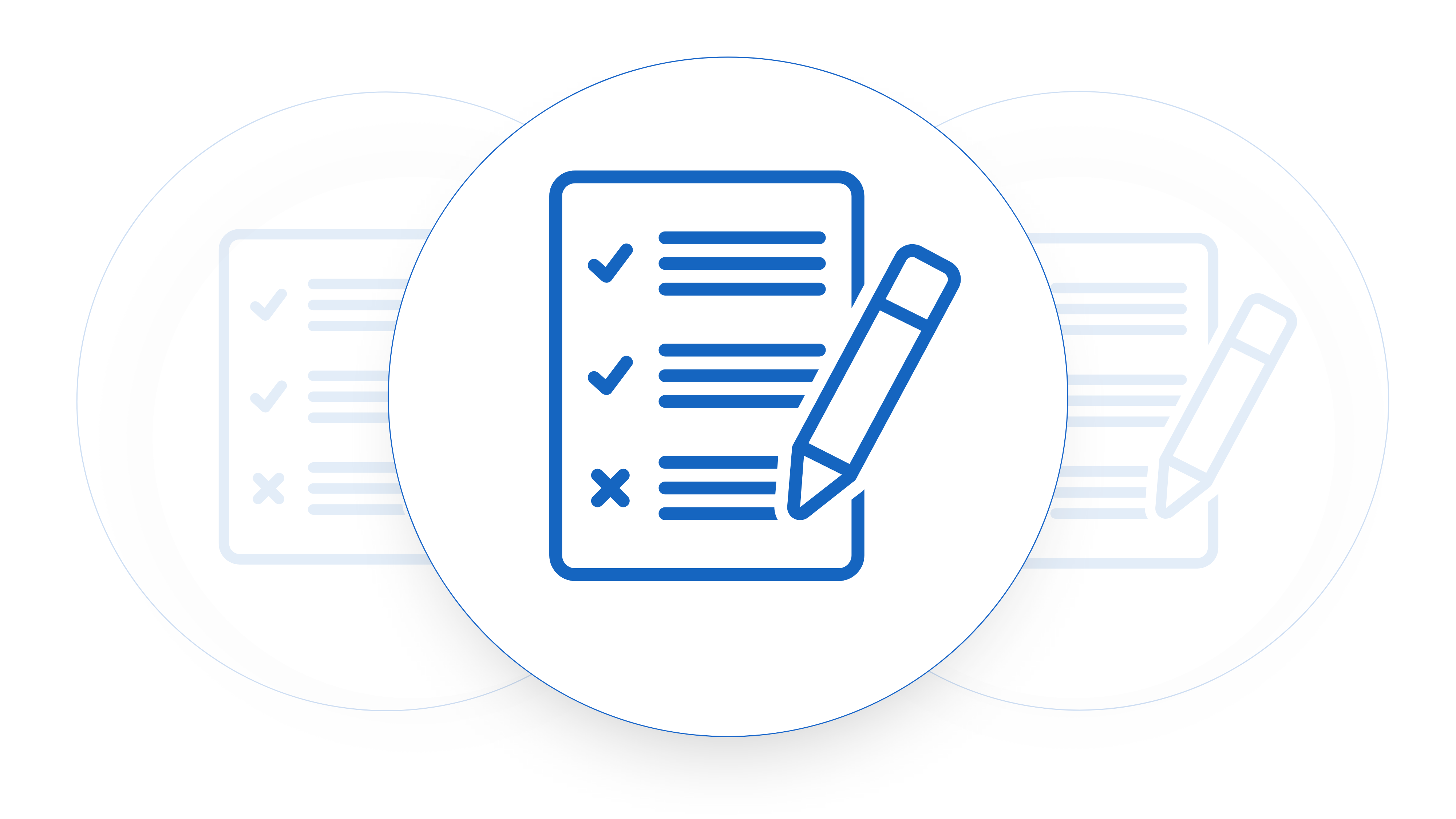Unlimited liability is a common request in the SaaS contracting negotiation process. Often after going back and forth multiple times over redlines this is where negotiations will get stuck. Large enterprise companies see it as risky to be taking on the services of a small tech company and without knowledge of the security measures and will generally use their weight to push for unlimited liability. What this effectively does is put the SaaS company at risk. If anything goes wrong you’ll have the full force of a giant multinational and their legal teams coming down on you. Not exactly what a potential investor likes to see when they are going through the due diligence process. So how do you respond when companies expect unlimited liability in their contracts with you? Here are the top 5 ways to respond to this and negotiate a reasonable level of liability.
Ask them why
Sounds like a silly response but think of it as part of the sales process. Usually at this stage you’ve been introduced to a legal team in the procurement process and it’s just like any other stage of the sales process in that you need to do though discovery to understand the underlying drivers and pain points of what they are asking for. Don’t let them get away with just telling you that it’s company policy, ask if it’s a blanket policy for all procurement, if so it’s a great opportunity to state that software as a service is different then purchasing a product so their terms are not fit for purpose. Whatever the reason it will give you a chance to tailor your response with practiced objection handling, in the same way you would with the sales process.
Explain the use case
Very few software as a service products have a use case that would warrant unlimited liability. Unless you’re storing trade secrets of a customer the likelihood is that the risk of using your product doesn’t justify such a harsh clause to be in a contract. But opposing council doesn’t know this. They have a number of procurement deals come across their desk every day and they generally don’t know what the product is or what it will be used for. As with every other stage in the sales process it’s your role to educate them and outline why the risk of using your product is low.
Look to negotiate carve outs
Once you’ve gone though a stage of understanding the needs of the legal team, what they require and educating them on what your product does it’s time to start moving the needle on the level of liability. One of the easiest ways to do this for a customer who is particularly stubborn about liability is to negotiate carve outs. Carve outs effectively state that you will accept unlimited liability but only on certain parts of the clause. You may accept liability on injury and death but not on IP breaches. This is a good start to the negotiation because the majority of large companies will require high liability on very high risk things like injury and death but this is an easy thing for software as a service companies to agree to as this is generally not something that has any risk for them or the users of their products.
Add perspective to the conversation
Adding perspective to the conversation generally means relaying the reality of the commercial deal in the grand scheme of things. Unlimited liability may be important to them for their overall company and certain parts of it but in the context of a $50,000 or $100,000 a year contract that will only be used by one percent of their staff is it really that risky? The footprint argument is a good one to make because it helps people understand that risk needs to be looked at in a matrix of outcomes that includes low, medium and high negative outcomes and low, medium and high of the likelihood of those outcomes. But putting perspective into the conversation you help them better position the risk profile of the conversation.
Look to escalate to a commercial decision maker
At the end of the day legal teams are gate keepers. They do a great job of protecting their business from risk and keeping things well ordered. But every business has the other side of the coin, the commercial decision makers who are the ones that make decisions on what risks the company should take to grow and what tools will help them do that. Decision making power tends to shift between groups depending on the environment the customer is operating in the current state of their business. But it’s important to develop relationships widely across your customers business to give you the chance to escalate to a decision maker and unblock the legal process if needed.
SaaS contract negotiations can be difficult and messy. At the end of the day both sides are looking to do the best by their company and strike a deal that will benefit teams. I’ve found that no matter the attitude of opposing counsel it is always helpful to take the approach that contract negotiations are not a zero sum game. There is not a winner and a loser, the outcome should benefit both sides.












